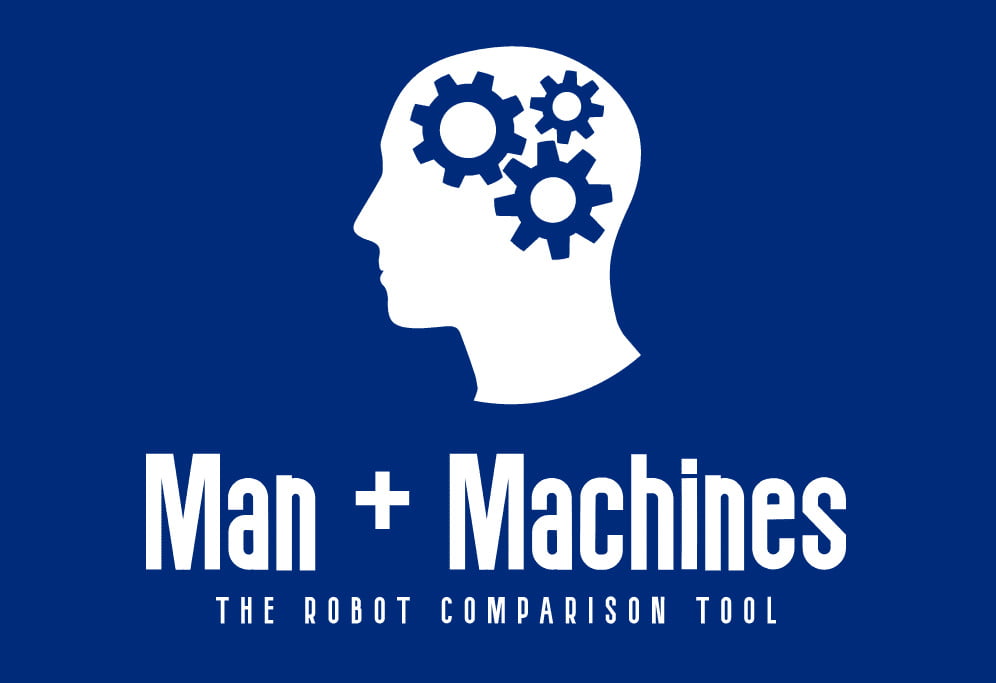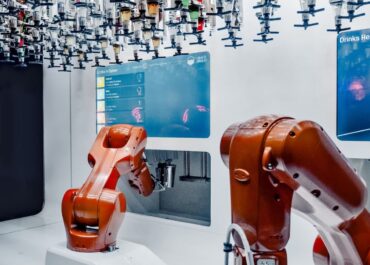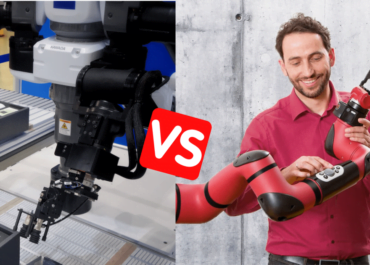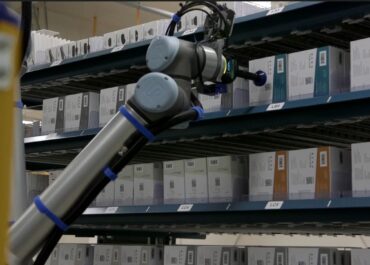As more and more products have adopted the sensory environment of their users, a new generation of product designers seeks to make their UX quieter and human.
Getting rid of noisy and anxious motivational triggers, they are creating products that influence users’ behavior more discreetly, without overloading their attention.
According to Amber Case in Calm Technology, these new technologies based on more positively reinforcing triggers seek to put the users in a state of tranquility and concentration.
Innovative product designers are especially using less intrusive and smarter notifications, communicating information through new sensory means, giving feedbacks integrated into the experience, and encouraging user behavior.
Here are 12 examples of products you can use to create a sense of calm and positive impression in your customers’ heads.
Using Quiet and Smart Notifications
The tools we use the most today — smartphones, computers, — are constantly demanding visual and auditory attention to satisfy their users.
They take up a large part of the focus we try to keep on more essential tasks in lives — work, daily tasks, …
Starting from these observations, calm technology designers have tried to reduce the noisy and obstructive sensory stimuli of everyday products by finding new, quieter ways to attract attention.
This includes ways that use less disruptive and invasive sensory signs, such as simple visual status indicators and pleasant and relaxing tones.For example, original inventors have introduced the idea of a faucet that emits lights depending on the temperature of the water. Without attracting too much attention, they help the user avoid burning his hands.

Some others have designed a toothbrush that lights up while kids are brushing their teeth. With a simple visual notification (a flashing LED), it teaches children to keep their dental hygiene properly and in time.

Other equally innovative products use sound signals that are as discreet and pleasant as possible. Whether it’s the melodic washing machine from LG or Whirlpool, their music warns of their use and gently cradles their users’ ears.

While such sounds should be used with caution, they bring a gentle touch to the customer experience.
You can draw inspiration from these innovations to bring value to your user without interrupting or disturbing him!
Triggering an Ambient Awareness
To remove the feeling of interruption in the experience, the product designers have also devised mechanisms that trigger more peripheral attention.
Several products call for other, more indirect types of senses such as the haptic or tactile sense, that does not interfere with the main focus on our tasks and free our main sensory channels.
By calling upon the somatosensory system present all over our body, these technologies used in video game controllers provide information.
They have proven to be a very effective and secure tool for sending feedback to the driver on the steering wheel, whether to warn him/her that he/she is crossing the road line or getting closer to an object.
Wellness devices such as running watches or fitness wearables use this technology to correct user behavior during exercise. Lumo lift, for example, is placed on the chest and teaches the user to improve posture.

This kind of “ambient awareness” of one’s environment can also work through the use of more light. For instance, the use of smart lamps is becoming more and more popular, transmitting information about the external environment (such as weather or traffic) to the host through a subtle, changing luminosity, subtle, even relaxing.

You too can convey your message to your client through deeper signals, more in tune with their body and their environment!
Introducing Integrated Feedbacks
One of the other nuisances that users may encounter is a distraction from concentration and flow-based tasks, such as driving or working.
To both keep users’ focus and provide essential feedback on the use of their product, UX designers have tried to integrate this information into the experience itself.
They have tried to use stimuli that fit perfectly into the user’s activity environment, without forcing him to turn his eyes away.
To consider the driving topic again, the Toyota Prius Driver Feedback gradually changes driving behavior by showing subtle signals on the dashboard: fuel consumption, average fuel consumption, and electric motor usage. Without distracting drivers, they provide information that invites them to adopt safer and sober behaviors.

In the field of video games, the sensory experience is still in its infancy. Virtual reality helmets want to plunge players into their universe by engaging all their senses, but without making them lose focus on their actions and runs for performance. This is also reflected in sports, with the invention of suits that track athletes’ performance in real-time without spoiling the experience.

Combine an optimal user experience with integrated feedback to get your users up to speed!
Creating Positively Reinforced Behaviors
For some years now, what we call “persuasive technologies” have been developing. Using motivational mechanics based on frustration and the rush for gain and dopamine, they may have contributed to the impoverishment of the user experience.
Wanting to return technology to the benefits and power of humans, thinkers of calm technology such as Amber Case have focused instead on more positive psychology.
Playing on the desire to contribute, to improve oneself, and to make a difference in the world, new design tools motivate users through purposeful and smart triggers.
OPOWER provides users with accurate reports on the energy and economic balance of their home. They encourage them to change their behavior by comparing their consumption level with that of their neighbors. They push them to act through simple goals and rewards (in this case, your savings).

Their ideas have been translated into a new manifesto of a modern type of UX, based on how users behave and their latent desire for change.
Withings relies on the power of the data brought to its user to push them to the diet change they want. Its Health mate scale can measure the user’s body composition and heart rate in addition to weight, giving an accurate description of the user’s physical condition. With its application, the service offers a complete follow-up and clear objectives for a successful diet.

This positive willingness is even expressed in neuroscience. The new technologies known as neurofeedback provide information on the active brain, enabling the users to train specific neuronal waves to increase their concentration or mental strength.
Mindswing, for example, detects SMR brain waves and teaches the user to get into a state of flow by himself during golf games.

Like a mental game, it leads the golfer to control a state of technological and psychological calm.
It’s your turn to be inspired by this new trend in UX design to create products that change your customers from the inside out and make them feel a deep sense of well-being!




